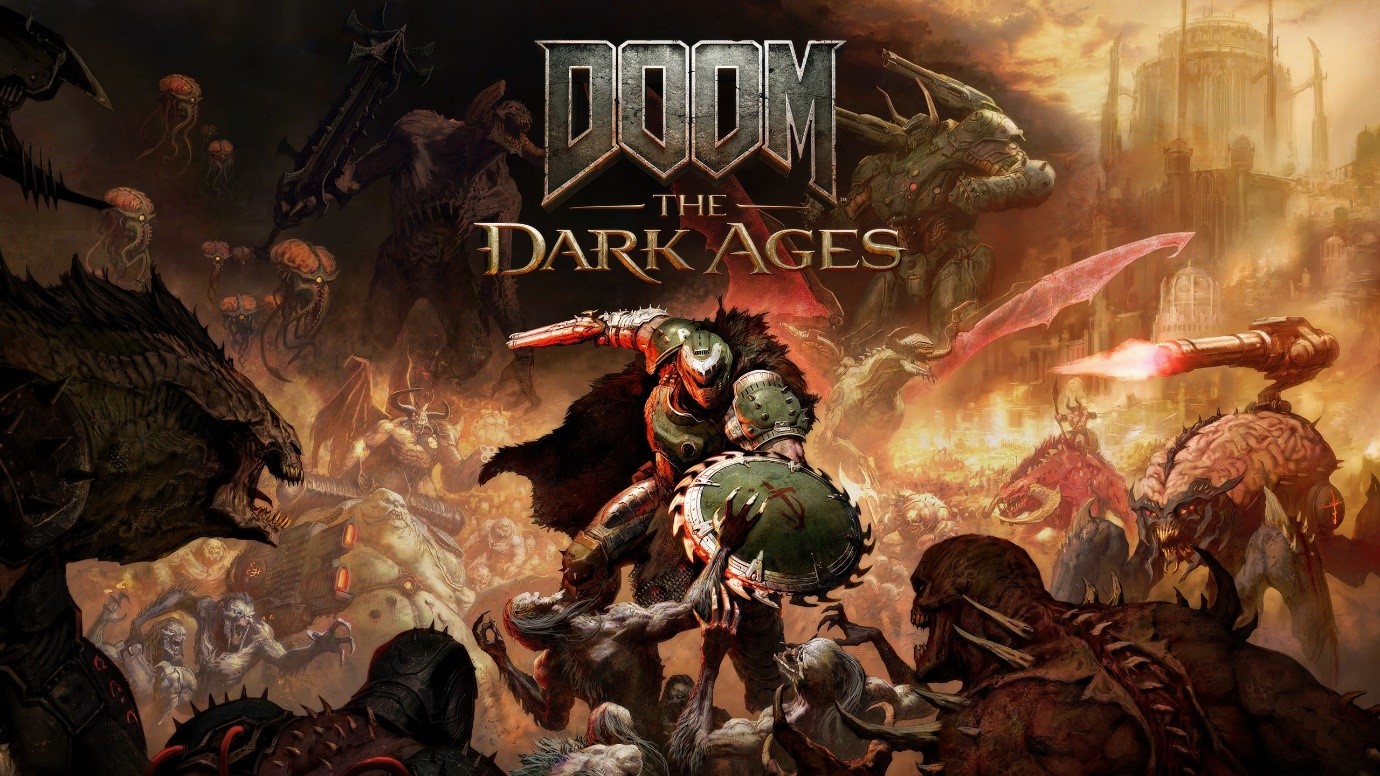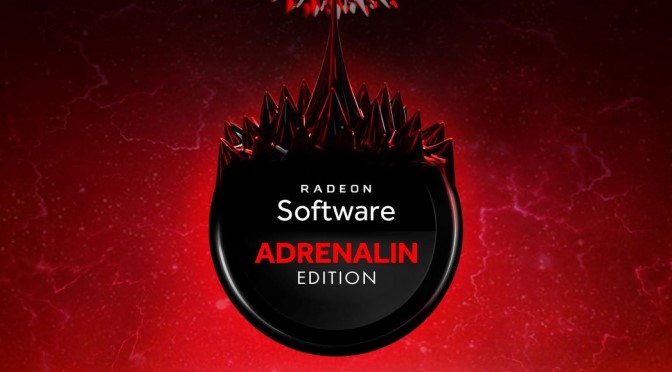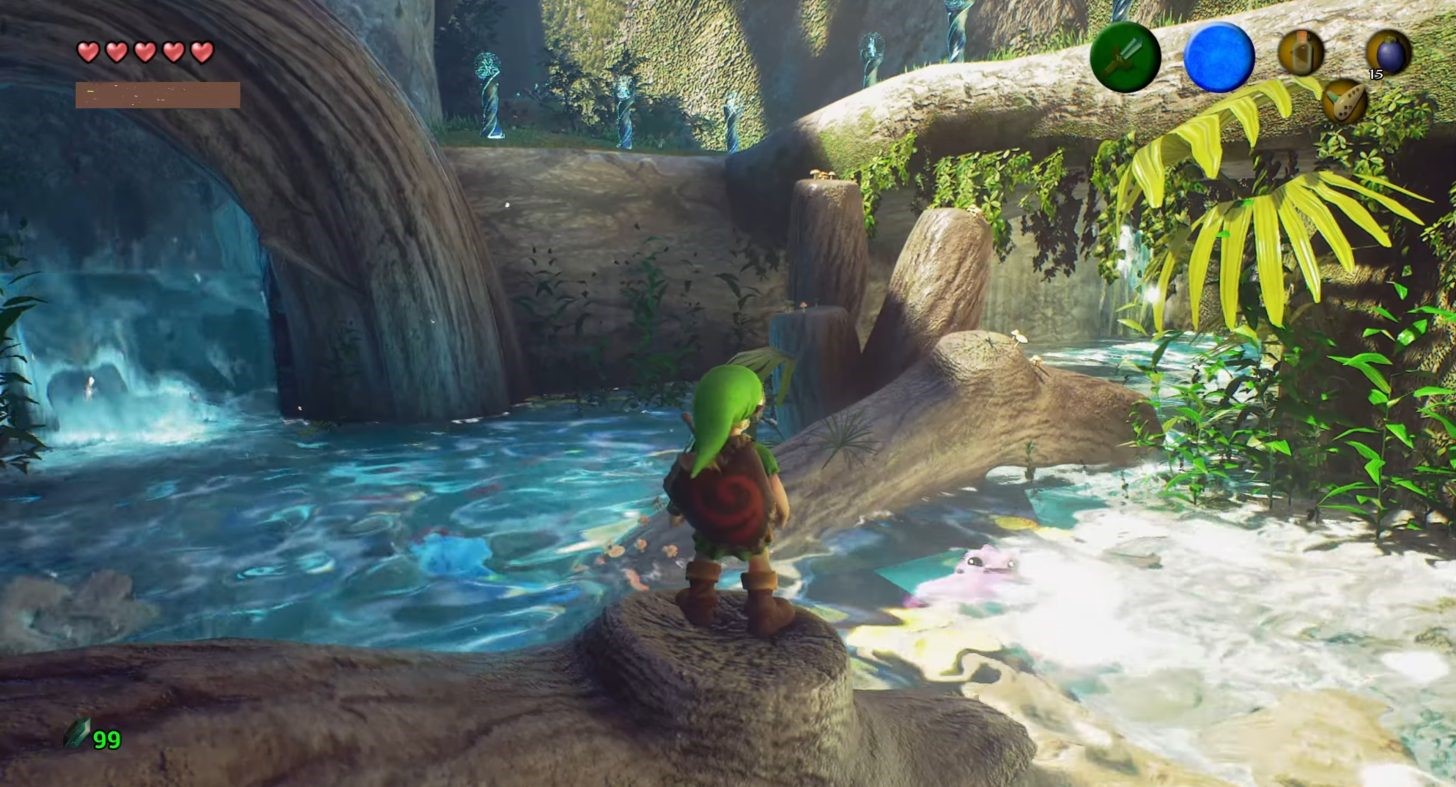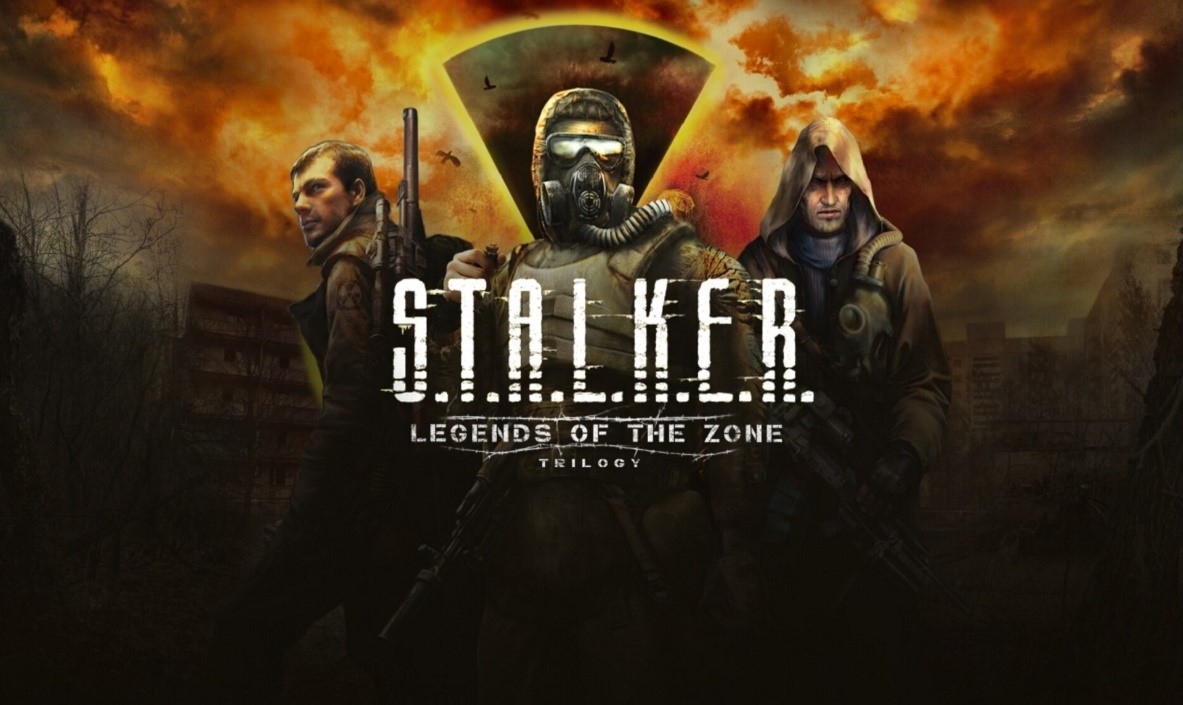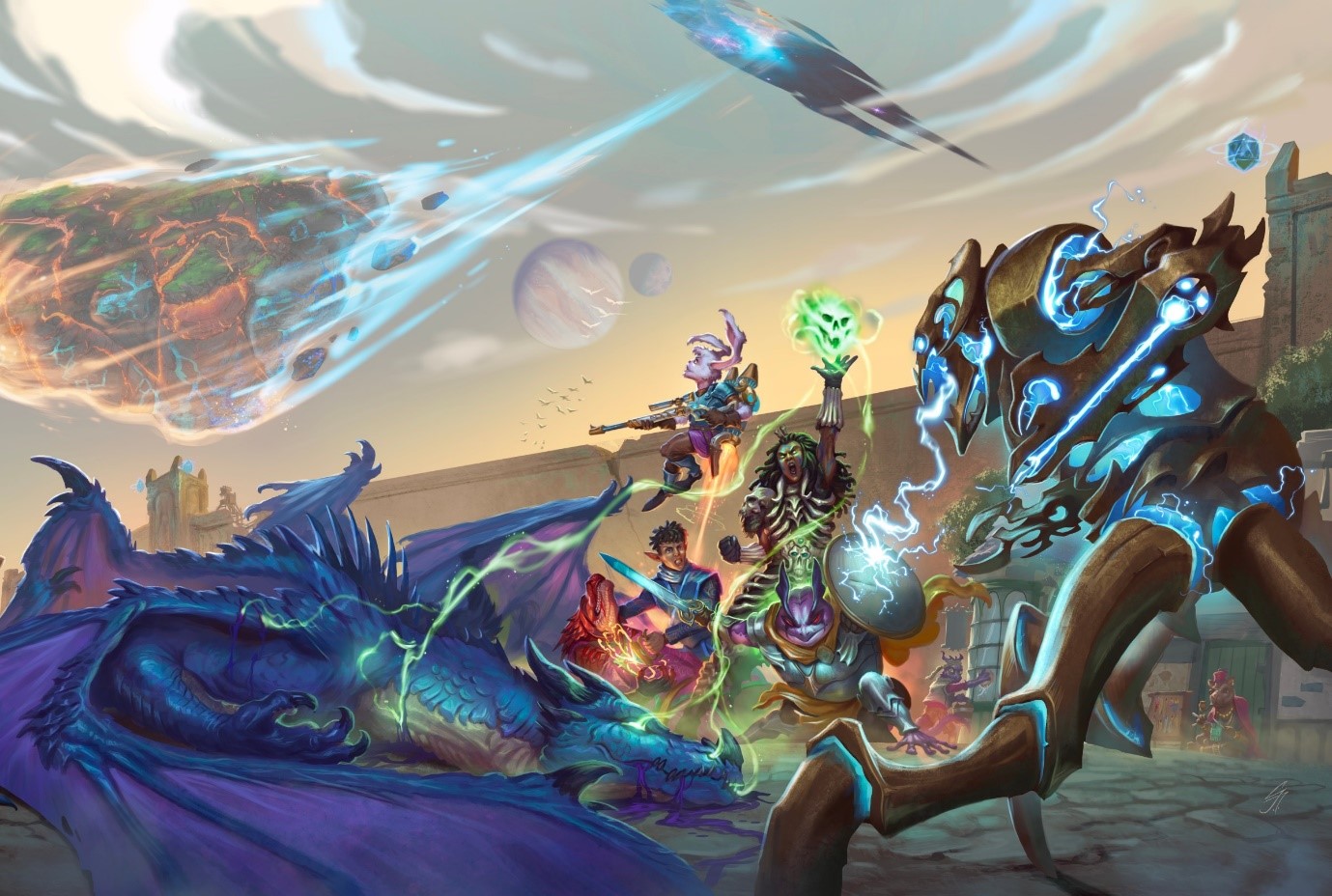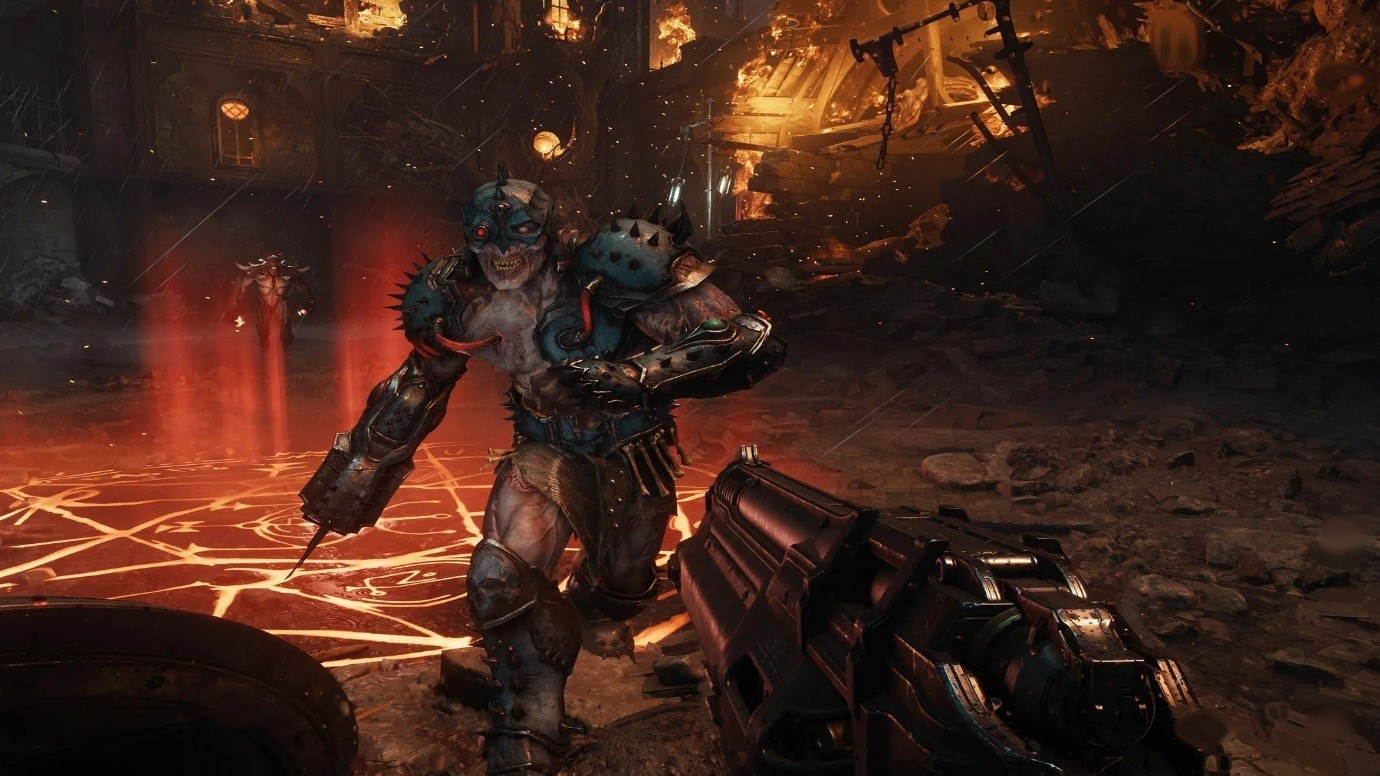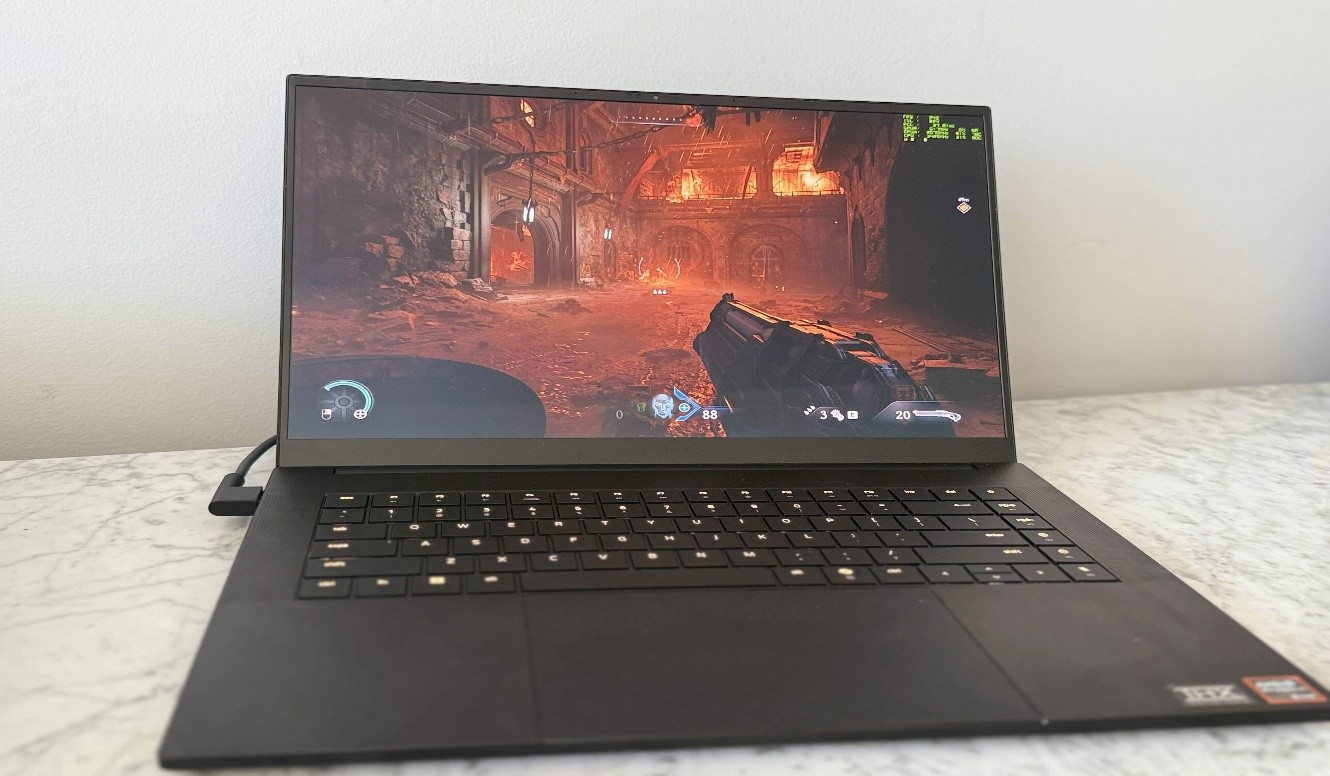Pre-Baking the Lighting for Assassin’s Creed Shadows Would Take 2 Years And 2TB of Data
Assassin’s Creed Shadows stands out as one of the most visually impre ssive games on PC currently. It’s the first AC title to match the lighting quality of AC: Unity, largely thanks to its effective use of Ray-Traced Global Illumination (RTGI), which the game fully leverages.
Over the past few years, many have wondered why developers are shifting from rasterized pre-baked lighting to real-time Ray Tracing. Now, we have direct insight from the developers explaining this transition. Forget the angry YouTube rants—here’s why real-time Ray-Traced Global Illumination (RTGI) is becoming increasingly common in modern games.
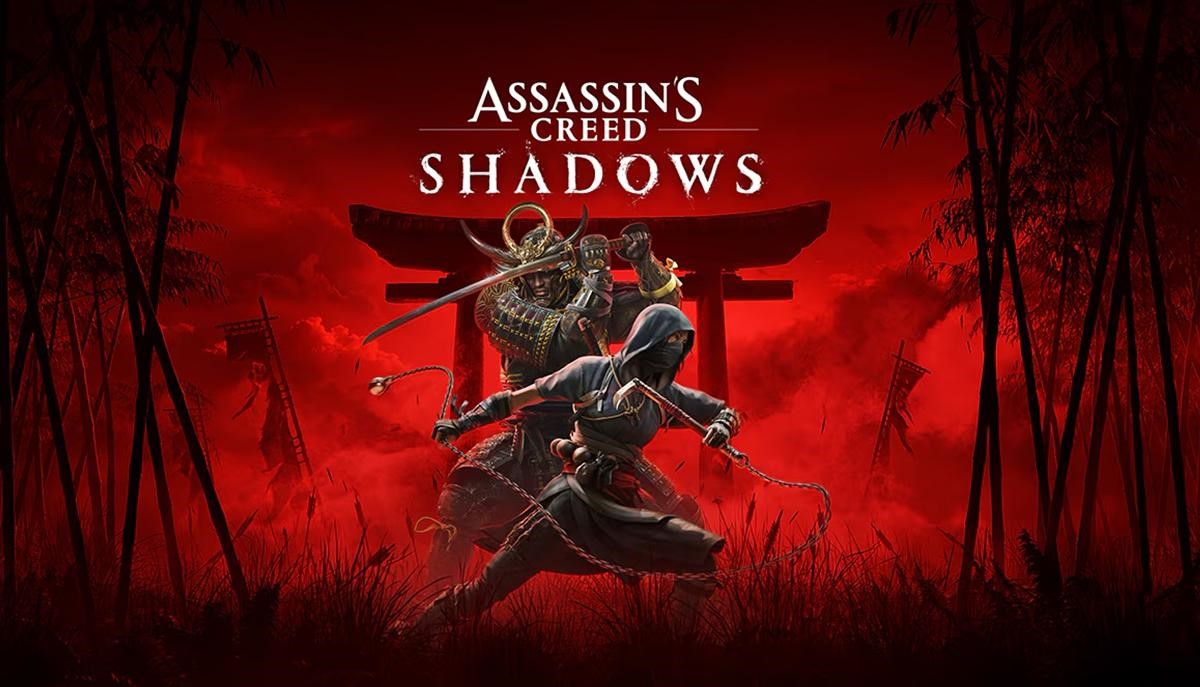
Figure 1. Assassin’s Creed Shadows
During a GDC 2025 presentation, Ubisoft’s Nicolas Lopez revealed that pre-baking the lighting for Assassin’s Creed: Shadows would take a staggering two years. Yes, two entire years just for lighting alone. On top of that, it would demand 2TB of storage. This explains why many games don’t match the visual quality of titles like Uncharted 4, AC: Unity, or The Last of Us—and why an increasing number of developers are moving away from traditional rasterized lighting in favor of real-time Ray Tracing. Figure 1 shows Assassin’s Creed Shadows.
To put it in perspective, while Assassin’s Creed Unity featured impressive high-quality baked global illumination (GI), it was confined to a relatively small world and a fixed time of day. With AC: Syndicate, Ubisoft introduced interpolation between times of day, allowing for dynamic lighting and more time-of-day variations. However, this flexibility came at a cost—the GI quality in Syndicate wasn’t quite as striking as in Unity.
However, things took a turn with AC: Origins. To achieve lighting quality comparable to AC: Unity, the game would have needed 450GB of lighting data and three months to bake it. As a result, Ubisoft opted for a more efficient global illumination solution, which meant making some compromises. On the bright side, this approach reduced the GI data down to just 9GB. So, we weren’t imagining things when we said that AC: Unity’s lighting looked far superior to that of Origins, Odyssey, or Valhalla.
We often cite Assassin’s Creed: Unity as one of the best examples of pre-baked lighting—and now you know why. Ubisoft went all out on it, but this was only feasible because of the game’s smaller world and fixed time of day. Would I love to see another AC game like that? Absolutely. However, AC: Mirage—a “smaller” and more “traditional” AC title—didn’t perform as well in sales as Unity. From a publisher’s perspective, it’s tough to bet on that approach when real-time Ray Tracing can save significant time and money.
So now you see why more developers are adopting RTGI in their games. Real-time Ray Tracing can save huge amounts of development time and resources, while also significantly reducing game sizes. Just imagine if a game demanded a 1TB hard drive space—most players would be outraged, especially when many still complain about games requiring 100GB or more.
The bottom line is this: yes, you can still make rasterized games with stunning pre-baked lighting—but it takes a tremendous amount of time to bake that lighting [1]. Plus, it often means limiting the size of the game world and restricting time-of-day changes. These trade-offs aren’t new. So no, there’s no magic formula here. The most efficient way to achieve great-looking games today is through Ray Tracing.
This isn’t news to most of us, but now you have solid data to counter those who claim that pre-baked lighting is still a viable option in 2025. For smaller studios, it simply isn’t practical—unless they’re willing to make major compromises on their global illumination. Even for top-tier studios like Rockstar and Naughty Dog, pre-baked lighting can only realistically be used for smaller-scale games, and it still demands a huge investment of time and effort.
References:
- https://www.dsogaming.com/news/assassins-creed-shadows-would-require-2tb-of-data-and-2-years-for-baked-lighting/
Cite this article:
Janani R (2025), Pre-Baking the Lighting for Assassin’s Creed Shadows Would Take 2 Years And 2TB of Data, AnaTechMaz, pp. 172



